Disclosure: This article contains affiliate links. We may earn a commission from purchases at no extra cost to you, which helps our travel content.
I never imagined that at 64, I'd be paddling through rapids on the mighty Congo River, camera in hand, trying to capture the perfect shot of a city that defies expectations. But here I am in Brazzaville, the capital of the Republic of Congo, where my retirement fund calculations have given way to calculating exposure settings as hippos surface nearby. Like finding that undervalued stock no one's talking about, Brazzaville represents one of travel's best-kept secrets—a destination that offers high returns without requiring maximum investment. After decades of advising clients on building diverse portfolios, I've learned that travel experiences follow similar principles: the most rewarding adventures often lie where others aren't looking. And Brazzaville, with its unique blend of urban energy and wild natural surroundings, delivers dividends of experience that would satisfy even my most adventure-seeking clients.
Gorilla Trekking in Lesio-Louna-Lewissou Gorilla Reserve
Just a 90-minute drive north of Brazzaville lies an experience that no financial planner could have prepared me for—coming face-to-face with western lowland gorillas in their natural habitat. The Lesio-Louna-Lewissou Reserve represents one of those rare investment opportunities in life that pays emotional dividends far exceeding the initial cost.
The trek itself requires moderate physical conditioning—nothing extreme, but you'll want to be comfortable walking 3-4 hours through varied terrain. I found myself grateful for my regular baseball practice sessions back home; maintaining fitness in your 60s isn't just about health—it's about enabling adventures like this.
Our guide, Jean-Pierre, embodied the perfect balance of knowledge and caution. "We are guests in their home," he reminded us as we followed fresh tracks through the lush forest. When we finally encountered a family group led by a silverback, the experience defied monetization. The massive creature regarded us with intelligent eyes that seemed to contain entire universes of wisdom.
I'd brought my telephoto zoom lens for this very moment, allowing me to capture intimate portraits without disturbing these magnificent animals. The investment in quality glass pays dividends in situations where you can't move closer to your subject—a principle that applies equally to wildlife photography and retirement planning.
As we observed the gorillas' social interactions—juveniles playing while adults foraged nearby—I was struck by how similar their family dynamics appeared to our own. It's moments like these that remind me why I started traveling later in life: some perspectives simply can't be gained any other way.
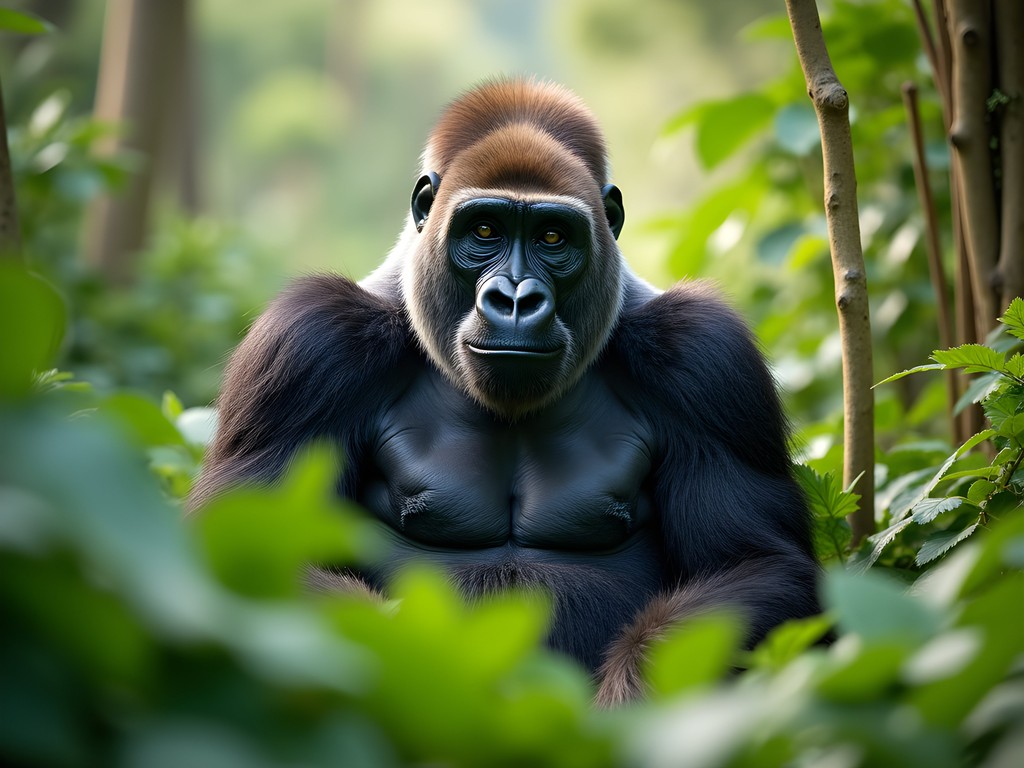
💡 Pro Tips
- Book your gorilla trekking permit at least 3 months in advance as spaces are limited
- Bring twice as many camera batteries as you think you'll need—charging opportunities are limited
- Consider hiring a porter ($15-20) if you're bringing professional camera equipment
Navigating the Rapids of the Congo River
If there's one thing my years in financial advising taught me, it's that calculated risks often yield the greatest rewards. Nowhere did this principle resonate more profoundly than on the swirling waters of the Congo River, where I joined a local outfitter for a day of whitewater adventure.
The Congo isn't just any river—it's the world's deepest, with sections reaching depths of over 700 feet. Our expedition began at the Livingstone Falls, named after the famous explorer, where the river narrows dramatically and creates Class III and IV rapids that would make any portfolio manager reassess their risk tolerance.
"The river is like the market," my guide Marcel joked as we prepared our equipment. "Sometimes calm, sometimes wild, but always with hidden currents beneath the surface." As someone who weathered multiple financial storms over my career, I appreciated the metaphor.
Before embarking, I made sure my valuables were secured in my trusty waterproof dry bag, which has saved my camera gear on numerous adventures from Mexico to Japan. When you're investing in experiences rather than material goods, protecting your tools for documenting those experiences becomes paramount.
The rapids themselves delivered exactly the kind of adrenaline rush that makes retirement years anything but retiring. Between the heart-pounding sections, we drifted through calmer waters where hippos surfaced nearby and fishermen cast their nets using techniques unchanged for generations.
What struck me most was how the river serves as Brazzaville's lifeline—transportation network, food source, and social hub all in one. As we passed villages where children waved enthusiastically from the shoreline, I was reminded that the best investments in life connect us with others rather than isolating us in comfort.
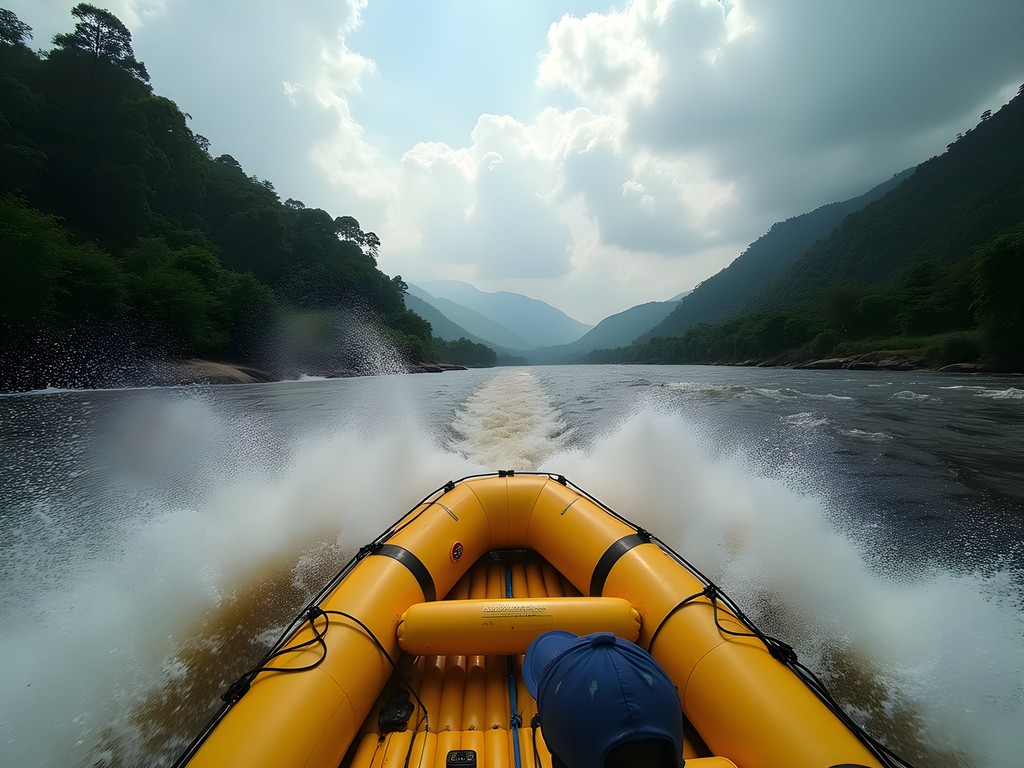
💡 Pro Tips
- Choose a reputable outfitter with proper safety equipment—I recommend Congo River Expeditions
- Apply waterproof sunscreen liberally; the combination of direct sun and reflection from water is intense
- Bring a change of clothes in your dry bag—you'll definitely get soaked
Street Photography in Poto-Poto: Capturing Brazzaville's Artistic Soul
As a financial advisor, I spent decades helping clients see patterns and opportunities others missed. This same attention to detail serves me well as a street photographer, especially in Brazzaville's vibrant Poto-Poto district—the beating artistic heart of the city.
Poto-Poto is home to the famous École de Peinture (School of Painting), established in 1951, which has produced some of Africa's most celebrated contemporary artists. Walking these streets with my mirrorless camera felt like discovering an undervalued market sector ripe with potential. The camera's discreet profile and excellent low-light performance make it perfect for capturing authentic moments without disrupting the scene—essential for respectful street photography.
I spent three afternoons wandering through Poto-Poto's galleries and watching artists at work. Unlike the carefully curated art districts of Paris or New York, there's a raw authenticity here that reminds me of baseball's minor leagues—talent in its purest form, unfiltered by commercial pressures.
The artists welcomed me into their studios with surprising openness after I expressed genuine interest in their techniques. Alphonse, a master of the bright, geometric style that made the Poto-Poto school famous, explained how he creates his pigments from natural materials—a sustainable approach that predates our modern obsession with environmentalism.
"In Congo, we never separated art from life," he told me as he worked on a canvas depicting market women in vibrant hues. "They are the same thing."
I found myself drawing parallels to financial planning—how the best strategies integrate seamlessly with clients' lives rather than existing as separate exercises. As I photographed Alphonse's weathered hands applying paint with precise movements, I reflected on how both art and finance are, at their core, about creating something meaningful that outlasts us.
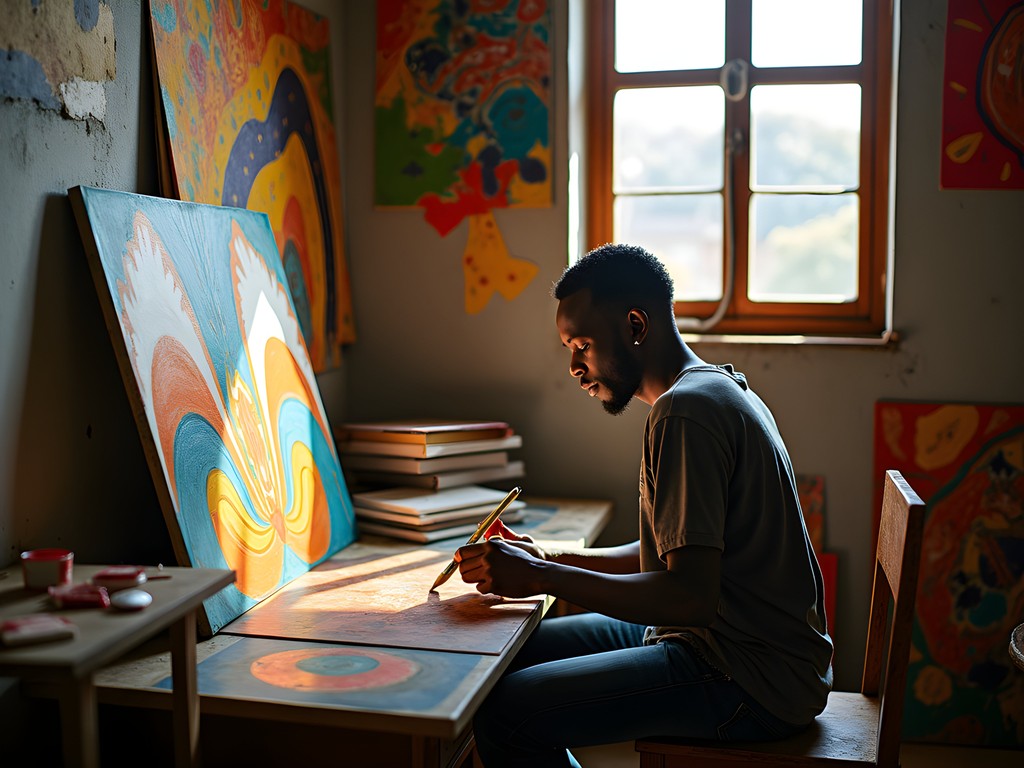
💡 Pro Tips
- Visit the École de Peinture in the morning when artists are beginning their work and the light is best for photography
- Always ask permission before photographing artists or their work—a small purchase of art supports the community
- Bring small denomination CFA francs for purchasing drinks or snacks—building rapport through small gestures goes a long way
Sunset Safari in Lefini Wildlife Reserve
In financial planning, timing is everything—a principle equally applicable to wildlife photography. This became abundantly clear during my sunset safari in Lefini Wildlife Reserve, just 140 kilometers north of Brazzaville.
Lefini represents a conservation success story in a region often defined by environmental challenges. Established in 1951, this 630,000-hectare reserve protects forest elephants, buffalo, various primate species, and over 400 bird species—a diverse portfolio of wildlife that would impress any asset manager.
I opted for the sunset safari package, knowing from experience that the golden hour provides both optimal lighting conditions for photography and increased wildlife activity. Our open-sided 4x4 departed at 3:30 PM, giving us ample time to reach prime viewing areas before the magic hour.
My binoculars proved invaluable for spotting distant animals and observing behaviors before moving closer for photography. Their excellent light-gathering capability extended our effective viewing time well into dusk—a worthy investment for any serious wildlife enthusiast.
Our guide, Mathieu, possessed that rare combination of ecological knowledge and practical tracking skills. Following fresh elephant tracks, he positioned our vehicle downwind from a small clearing just as the light turned golden. Minutes later, a family group of forest elephants emerged from the treeline—smaller than their savanna cousins but no less majestic.
"They are more shy than angry," Mathieu whispered as I quietly adjusted my camera settings. "Like most things in life, patience brings rewards."
As the elephants moved through shafts of amber light, dust and pollen illuminated around them like golden halos, I thought about how this moment—this perfect convergence of preparation and opportunity—mirrored the most satisfying aspects of my former career. The best financial strategies, like the best wildlife encounters, require research, timing, and sometimes, a willingness to sit quietly and wait for conditions to align.

💡 Pro Tips
- Reserve your safari at least two weeks in advance through your hotel concierge or directly with Lefini Reserve offices
- Bring layers—temperatures drop surprisingly quickly after sunset
- Choose the right side of the vehicle (right when facing forward) for the best sunset lighting on wildlife
Culinary Adventures at Mami Wata
My approach to travel has always paralleled my investment philosophy: diversification is key. While Brazzaville's natural adventures provide thrilling returns, the city's culinary landscape offers equally rewarding experiences—particularly at the legendary Mami Wata restaurant overlooking the Congo River.
Named after the water spirit revered throughout Central Africa, Mami Wata combines French colonial influences with indigenous Congolese flavors in a setting that would impress even the most discerning fine dining enthusiast. The restaurant's terrace offers panoramic views of Kinshasa across the river—a unique dining backdrop where you can watch the sun set over two capital cities simultaneously.
I arrived early to secure a riverside table and brought my compact tripod to capture the changing light on the water without camera shake. This small, portable tripod has accompanied me from Japanese baseball stadiums to Mexican street markets—proof that the best travel gear combines functionality with minimal weight.
The menu at Mami Wata reads like a prospectus of Central African cuisine's greatest hits. I started with palm nut soup—a rich, complex broth that forms the foundation of many Congolese meals, much like how a solid emergency fund underpins any sound financial plan.
For the main course, I ventured into unfamiliar territory with capitaine à la Mami Wata—Nile perch simmered in a sauce of indigenous peppers, okra, and local herbs I couldn't identify. The fish, pulled from the very river flowing before me, delivered the kind of freshness no imported seafood could match.
Between courses, I struck up a conversation with Pascal, the restaurant's longtime maître d'. When I mentioned my background in financial advising, he laughed. "In Congo, we have a saying—'money is like water in the river; it comes and goes, but the river remains.' Enjoy the meal, enjoy the view. This is the real wealth."
Looking out over the Congo River, where fishermen cast their nets as they had for generations while modern speedboats zipped past, I couldn't help but appreciate Pascal's perspective. In both finance and travel, it's easy to become fixated on accumulation rather than appreciation.

💡 Pro Tips
- Reserve your table 2-3 days in advance and request riverside seating specifically
- Try the house cocktail—Mami Wata Sunset—made with local sugar cane rum and fruit
- Visit on Fridays when live rumba music adds to the ambiance without overwhelming conversation
Nighttime Soundscape Safari in Brazzaville's Urban Forest
Most travelers experience Brazzaville exclusively by daylight, but like any market, some of its most intriguing opportunities emerge after dark. The Brazzaville Urban Forest Reserve—a 240-acre protected area within city limits—offers a nighttime soundscape safari that reveals the city's wild side in unexpected ways.
As someone who's spent decades advising clients to look beyond obvious investment opportunities, I found this nocturnal adventure perfectly aligned with my philosophy of seeking value where others aren't looking. The experience begins at 8:30 PM when a conservation guide equips participants with specialized audio equipment designed to detect and amplify the sounds of nocturnal wildlife.
Our guide, Eloise, explained that the urban forest hosts over 30 species of frogs, numerous nocturnal birds, and several primate species that are most active after sunset. "We will see with our ears tonight," she said as she demonstrated how to use the listening devices.
Moving slowly along carefully maintained paths illuminated only by red-filtered flashlights (to minimize wildlife disturbance), we entered a world defined by sound rather than sight. The experience was transformative—like shifting from analyzing market reports to truly understanding the human stories behind investment decisions.
The symphony began with the rhythmic chorus of tree frogs, punctuated by the occasional hoot of an African wood owl. As our ears adjusted, more subtle sounds emerged—the rustle of bushbabies leaping between branches, the distant barking of fruit bats, and the surprisingly melodic calls of insects I couldn't name.
The highlight came nearly an hour into our walk when Eloise suddenly signaled for complete silence. Through our audio equipment came the unmistakable vocalizations of a family of pottos—small, nocturnal primates rarely seen even by longtime residents. In that moment, standing in darkness at the edge of a major African capital, I felt the same thrill that comes from discovering an overlooked investment opportunity with tremendous potential.
This experience reinforced what I've learned through both travel and finance: sometimes the most valuable discoveries come when you're willing to venture beyond conventional approaches and engage your senses in new ways.
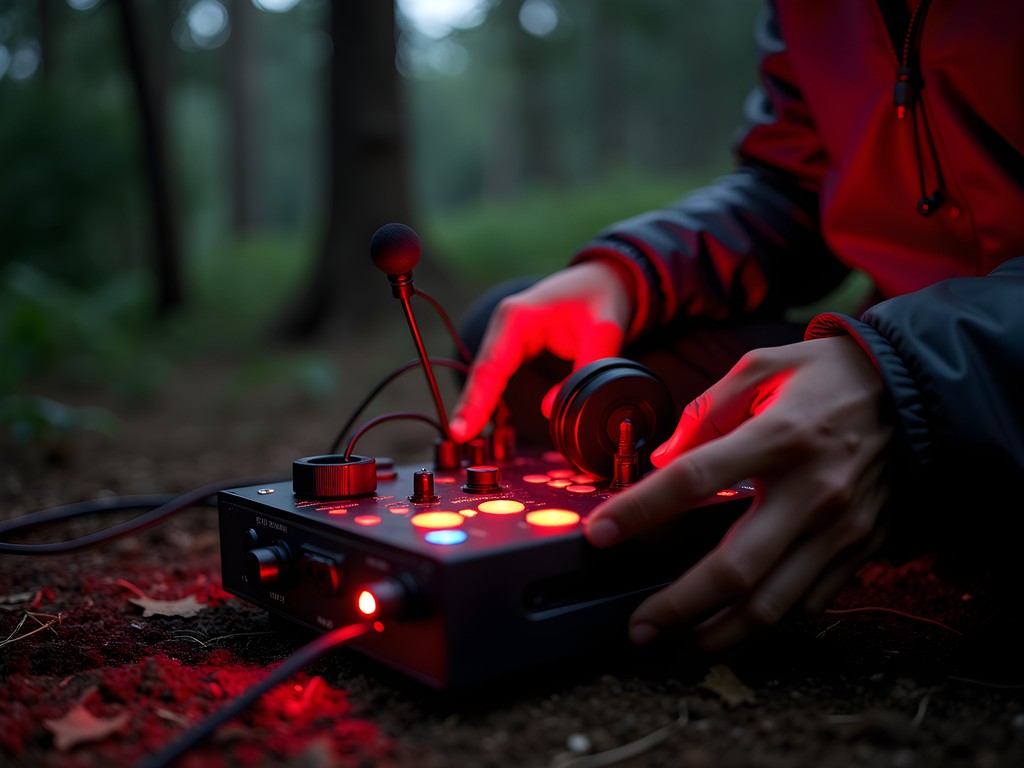
💡 Pro Tips
- Book this experience at least one day in advance through the Brazzaville Tourism Office near Place de la République
- Wear closed-toe shoes and long pants to protect against insects
- Bring mosquito repellent containing DEET—night is when mosquitoes are most active
Cataracts Lookout: Conquering Brazzaville's Ultimate Vista
In both financial planning and adventure travel, the greatest rewards often come from ventures requiring significant effort. This principle guided me to the Cataracts Lookout—a challenging half-day hike that delivers Brazzaville's most spectacular panoramic view.
Located about 30 kilometers south of the city center, the trail to the lookout ascends nearly 400 meters through varied terrain. While not technically difficult, the combination of elevation gain and tropical heat makes this a moderate challenge that shouldn't be underestimated—much like planning for retirement requires honest assessment of challenges ahead.
I arranged transportation through my hotel and departed early to avoid the midday heat. My hiking daypack proved perfect for this adventure, providing enough capacity for water, snacks, and camera gear while maintaining excellent ventilation against the humid conditions. After years of travel, I've learned that quality gear, like quality investments, pays dividends through reliability and performance when needed most.
The trail begins in dense secondary forest before gradually opening to savanna-like terrain as you gain elevation. My guide, Thomas, pointed out medicinal plants used by local healers and shared stories of the area's historical significance during colonial times. Like a good financial history lesson, these narratives provided context that enriched my understanding of the landscape.
The final approach to the lookout involves a moderately steep section with some loose rock—a reminder that the last push toward any worthy goal often requires extra focus. But the payoff at the summit justified every drop of perspiration: a breathtaking 180-degree view encompassing the mighty Congo River, the sprawling city of Brazzaville, and the dramatic Livingstone Falls (Cataracts) that made this section of the river unnavigable and shaped the region's development.
Standing at the edge, watching the powerful river force its way through narrow channels it had carved over millennia, I was struck by the parallels to life's journey. The river, like time itself, finds a way forward regardless of obstacles. And sometimes, the most turbulent passages create the most magnificent views—if you're willing to climb high enough to see them.
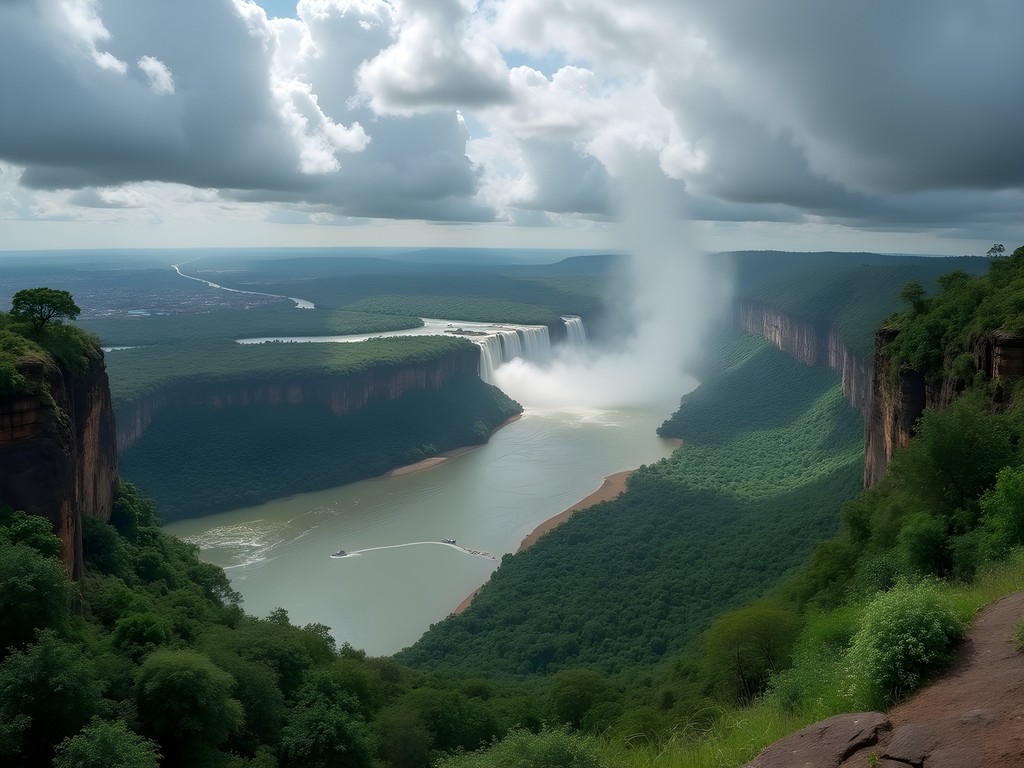
💡 Pro Tips
- Start no later than 8:00 AM to avoid the intense midday heat
- Bring at least 2 liters of water per person—there are no reliable water sources on the trail
- Hire a local guide through your hotel (approximately $30) for both safety and cultural insights
Final Thoughts
As I pack my camera gear and prepare to leave Brazzaville, I'm reminded of advice I often gave my financial planning clients: the best investments aren't always the most obvious ones. This city, rarely featured on travel magazine covers or influencer feeds, delivers authentic adventure experiences that rival destinations costing three times as much. Like a well-diversified portfolio, Brazzaville offers balance—heart-pounding adventures tempered by cultural richness, natural wonders complemented by urban comforts. For solo travelers willing to step beyond the familiar, particularly those of us in our 60s proving that adventure has no expiration date, Brazzaville represents that rare find: an undervalued opportunity with tremendous upside potential. The city's combination of accessibility, affordability, and authenticity makes it an excellent addition to any adventure traveler's life portfolio. Sometimes the best plays in both finance and travel are the ones nobody's talking about...yet.
✨ Key Takeaways
- Brazzaville offers adventure experiences comparable to more famous destinations at a fraction of the cost
- Solo travelers can easily navigate the city with basic planning and mid-range accommodations
- The combination of urban amenities and wild natural settings creates a perfect balance for adventure travelers
- Fall offers ideal conditions with moderate temperatures and reduced rainfall
📋 Practical Information
Best Time to Visit
September to November (fall) offers ideal temperatures and minimal rainfall
Budget Estimate
$100-150 per day including accommodations, activities, and meals
Recommended Duration
5-7 days
Difficulty Level
Intermediate

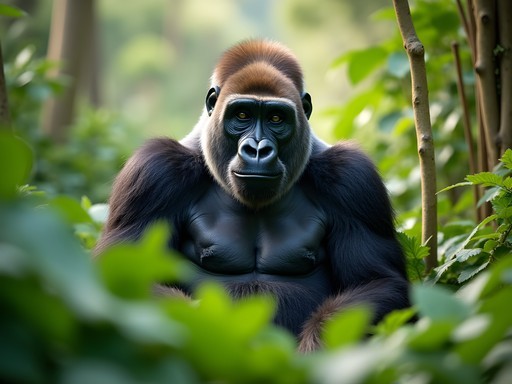
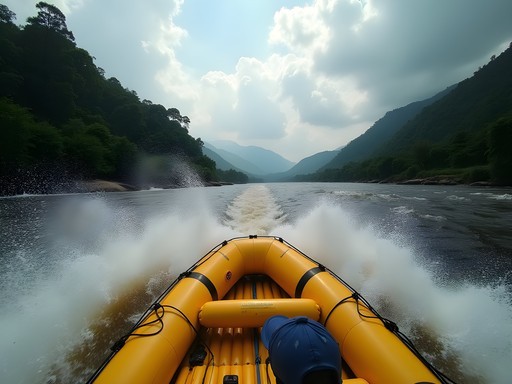

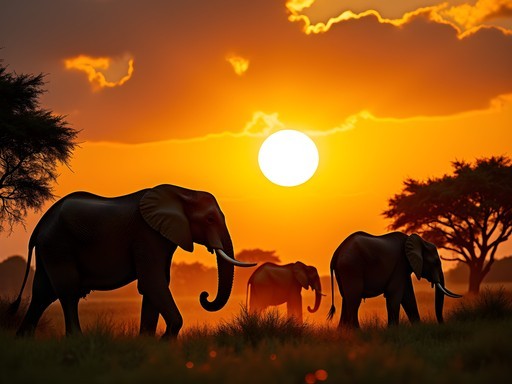

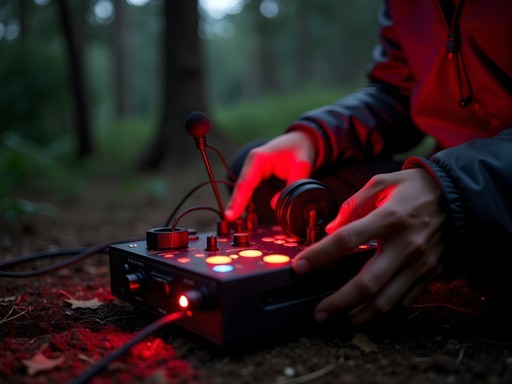


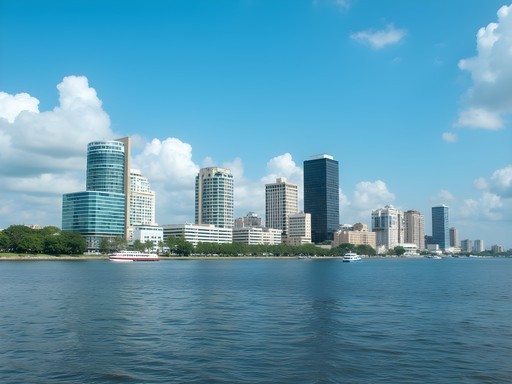
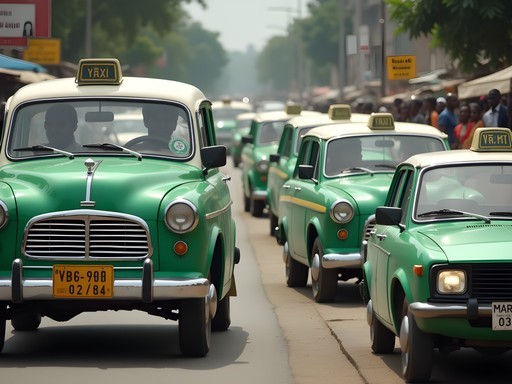

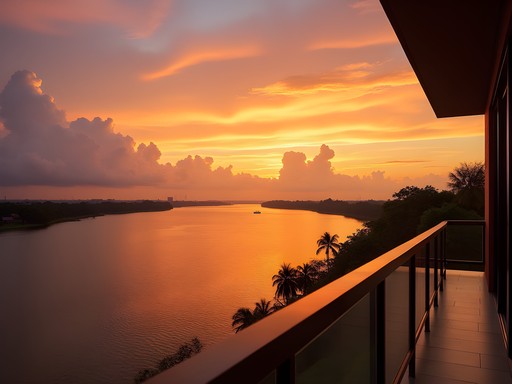
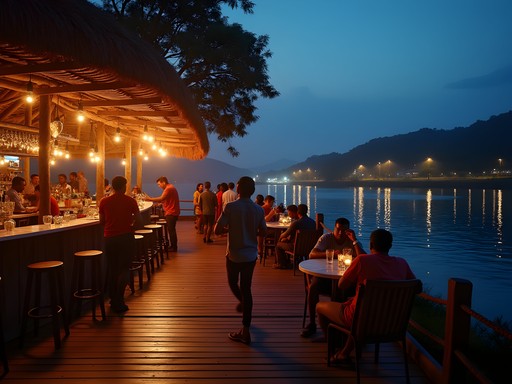



Comments
Bryce Diaz
Frank, you've captured the essence of Brazzaville beautifully! Your post took me back to my visit in 2023. I still remember standing on the banks of the Congo River at sunset, watching the lights of Kinshasa twinkle across the water - two capital cities facing each other across that mighty river. Such a powerful symbol. Your photography tips are gold. For anyone planning a visit, I'd add that a good zoom lens is essential for the wildlife reserves. I struggled with my standard kit lens and missed some amazing shots. The gorillas at Lesio-Louna were the highlight of my entire African journey - there's something profound about making eye contact with these gentle giants in their natural habitat. One spot you didn't mention that I'd recommend is the Marien Ngouabi Mausoleum - fascinating piece of local history and the guards were happy to share stories about the former president. Thanks for bringing back such wonderful memories!
mountainblogger
Bryce, what camera setup would you recommend for a trip like this? I'm planning to visit next spring!
Bryce Diaz
I'd recommend a weather-sealed DSLR or mirrorless with at least one good zoom lens (70-300mm minimum for wildlife). The humidity can be tough on equipment, so bring plenty of silica gel packets and a good camera bag. The light changes dramatically in the reserves, so something with good low-light performance is ideal.
backpackguy
Great post! I've been to DRC but never crossed over to Republic of Congo. Your adventures make me want to plan a trip. How many days would you recommend for seeing Brazzaville and doing the gorilla trekking?
Frank Watson
I'd say minimum 7 days - 3 for the city and 4 for the reserves. The gorilla trek alone needs 2 full days to really appreciate it.
citywanderer
Just got back from Brazzaville last month and your post brings back so many memories! The street art in Poto-Poto was definitely a highlight for me too. We stayed at a small guesthouse run by a local family near the art district which made the experience even more authentic. One thing I'd add for anyone going - the local food scene is amazing but totally underrated. Try the moambe chicken if you can find it! Didn't make it to the gorilla reserve though - now I'm regretting that decision after seeing your photos.
citybuddy
That sunset photo at Lefini Wildlife Reserve is unbelievable!
freenomad
Great post! How difficult was the Congo River paddling? I'm heading there in October and debating whether to book a guided tour or try independently. Also, any safety concerns in Brazzaville I should be aware of?
Frank Watson
Definitely go with a guide for the Congo River - currents are unpredictable and local knowledge is essential. I used Brazza Adventure Tours and felt very safe. As for the city, standard precautions apply - I had no issues but avoided walking alone at night and kept valuables secure with my anti-theft bag.
freenomad
Thanks for the tips! Will look into Brazza Adventure Tours.
Jean Wells
Frank, your perspective on Brazzaville is refreshing. Most travelers overlook Republic of Congo in favor of its more famous neighbor. I visited last year and found the Poto-Poto art scene absolutely captivating - the vibrant colors and cultural fusion are unparalleled. Your street photography tips are spot-on. I'd add that early morning (6-8am) offers magical light for capturing the market vendors setting up. Did you have any issues with permits for the gorilla reserve? The bureaucracy was my only real challenge.
Frank Watson
Thanks Jean! I arranged permits through my lodge 3 months in advance - made all the difference. And you're right about that morning light in Poto-Poto - magical!
Jean Wells
Smart planning, Frank. Next time I'll book further ahead!
mountainblogger
Wow Frank! Gorilla trekking at 64? You're my new hero! Those photos from Lesio-Louna are incredible!
Taylor Moreau
Frank, your piece on Brazzaville is refreshingly honest about both the thrills and challenges. I've led business delegations to Congo several times, and the Lefini Wildlife Reserve is indeed a hidden gem that most visitors miss. One point worth emphasizing for your readers is the importance of arranging reliable transportation in advance. The logistics can be complex, particularly for the gorilla trek. I'd also recommend visitors bring more cash than they think they'll need - ATMs can be unreliable outside the city center. Your sunset photos from the Congo River are spectacular - what camera settings did you use to capture that golden light?
vacationvibes
So true about the cash situation! I got caught short and had to borrow from our guide. Lesson learned!
dreamvibes
Wow those rapids look intense! Not sure I'd be brave enough lol
cityexplorer
Those street photography shots from Poto-Poto are amazing! I'm heading to Brazzaville next month and definitely want to explore the art scene. Any tips on approaching locals for photos? Did you find people were open to having their picture taken?
Taylor Moreau
Not Frank obviously, but I've done considerable photography in Brazzaville. Always ask permission first - a smile and gesture to your camera goes a long way if you don't speak the language. The artists in Poto-Poto are generally quite proud of their work and happy to be photographed. I found offering to email them the photos afterward created goodwill. I used my camera bag which doesn't scream 'tourist' and keeps gear protected in the dusty streets.
cityexplorer
Thanks Taylor! Great advice about sending the photos after. Will definitely try that approach.
Venture X
Premium card with 2X miles, $300 travel credit, Priority Pass